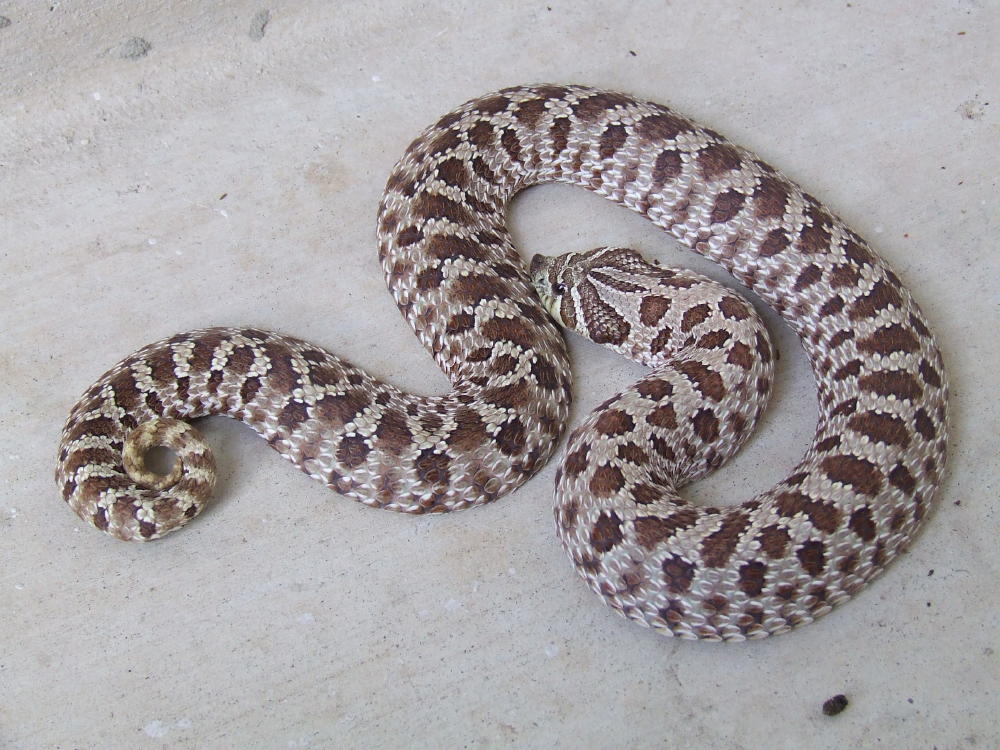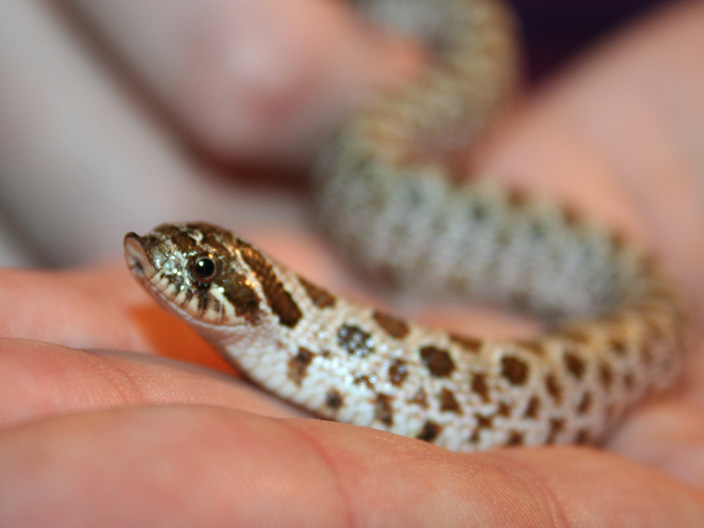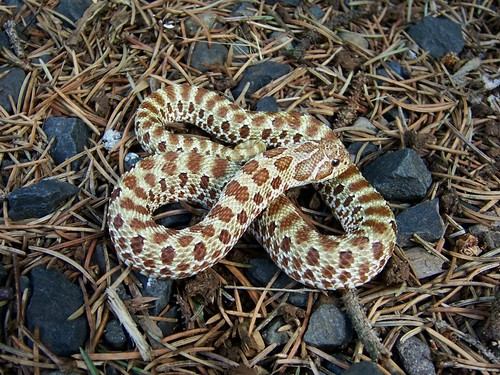Western Hognose Snake
 Western Hognose Snake
Western Hognose Snake Western Hognose Snake, besutiful in free arena
Western Hognose Snake, besutiful in free arena Western Hognose Snake
Western Hognose Snake Western Hognose Snake
Western Hognose Snake Western Hognose Snake
Western Hognose Snake Western Hognose Snake
Western Hognose Snake Western Hognose Snake
Western Hognose Snake Western Hognose Snake
Western Hognose SnakeCommon names: western hog-nosed snake, plains hognose snake, and more about its many names.
Western Hognose Snake or Heterodon nasicus is a harmless colubrid species found in North America and northern Mexico. Three subspecies are currently recognized, including the typical form described here.
The Western Hognose Snake is a light sandy brown in color, with darker brown or gray blotching, their coloration is not nearly as variable as the Eastern Hognose, Heterodon platirhinos, but they often have an ink-black and white or yellow checker patterned belly, sometimes accented with orange. They are very stout for their size (a full grown 24-inch female is as bulky as a five-foot corn snake) and can grow from 15 to 33 inches in length, with females generally being larger than males. The characteristic of all hognose snakes is their upturned snout, which aids in digging in the soil. Hognose Snakes are considered to be rear-fanged venomous, but are not considered to pose any danger to humans and will only bite as a feeding response, rarely in defense. The defensive bite response is usually due to the temporary blindness experienced while shedding. Because the snake cannot see while shedding, it becomes paranoid and more aggressive.